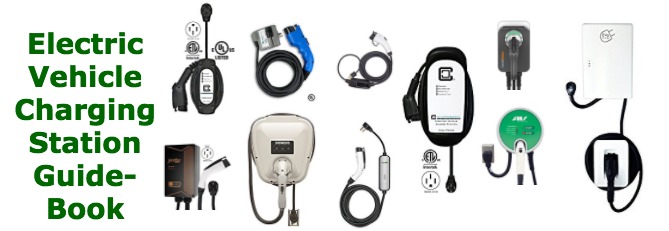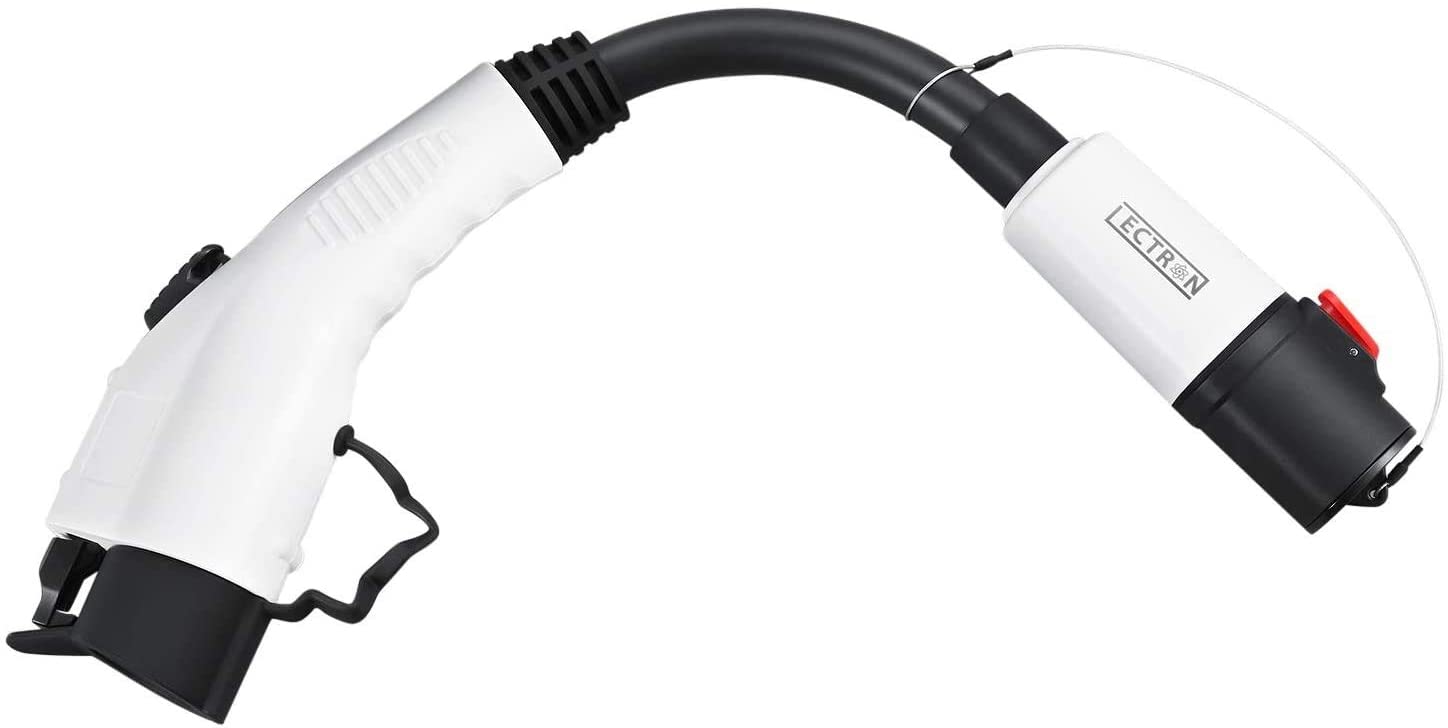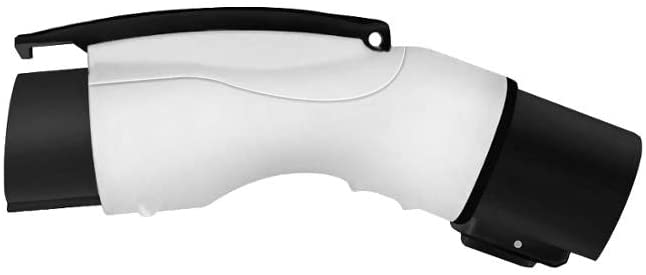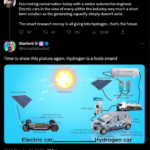Last week at the Vetter Fuel Economy Challenge in Utah![]() , Terry Hershner became the first electric motorcycle rider to win the challenge. With new modifications to his 2012 Zero S electric motorcycle, he easily finished the 172 mile route, at 2/3rds the cost of the closest finisher. In the fuel economy challenge, the riders are competing to see which can complete the course at the lowest cost per mile.
, Terry Hershner became the first electric motorcycle rider to win the challenge. With new modifications to his 2012 Zero S electric motorcycle, he easily finished the 172 mile route, at 2/3rds the cost of the closest finisher. In the fuel economy challenge, the riders are competing to see which can complete the course at the lowest cost per mile.
The event took place on Aug 29, 2014, starting in Wendover Utah (at the Utah/Nevada border) and ending in Tooele Utah (near Salt Lake City) after traversing 172 miles of interstate highway (I-80) and side roads. The Vetter Fuel Economy Challenge has been held several times now, over the last couple years, on courses near Monterey CA and north of Columbus Ohio.
Most of the entrants have modified their motorcycles, including adding full streamlining to improve aerodynamics. Craig Vetter’s goal with the Fuel Economy Challenge is to develop what he calls the “Freedom Machine”, namely a highly fuel efficient motorcycle that displaces car trips. Entries are required to demonstrate the ability to carry four bags of groceries, while completing a significantly long trip in real world conditions.
Terry Hershner had the best results in both the electric class, and overall. His bike consumed 20 kilowatt-hours, at a cost of $2.29 or $2.92 (depending on the cost for electricity used), and a 1.3 cent (or 1.7 cent) cost per mile.
The next finisher was Fred Hayes, riding a diesel motorcycle with Vetter fairing, consuming $4 worth of fuel, achieving 164 MPG, at a 2.3 cents per mile cost.
Next were two Ninja 250’s, each with a Vetter fairing. Alan Smith used only 1.233 gallons of gasoline for a 2.6 cents per mile cost, while Vic Valdes used 1.7 gallons of gasoline for a 3.6 cents per mile cost.
Next was Craig Vetter riding his Honda Helix with Vetter fairing, he consumed 1.9 gallons of gasoline for a 4.1 cents per mile cost.
How did Terry make this amazing win? Stock, the 2012 Zero S has a 60ish mile highway range, but Terry rode 172 miles, with the I-80 segment at 80 miles/hr. He’d already modified the bike to have a larger battery pack, multiple chargers, and a highly aerodynamic fairing covering the whole bike. With that his range was 150 miles. The last few months Terry has worked closely with Craig Vetter to redesign the modifications.
They rebuilt the fairing, but more importantly the battery pack capacity was increased to 21 kilowatt-hours. The design is capable of carrying 24 kilowatt-hours, but for the fuel economy challenge Terry carried only 21 kilowatt-hours. Either pack size is an enormous pack for an electric motorcycle, by the way.
The multiple chargers allow Terry to recharge the bike quickly, in under an hour. While they weren’t used for the fuel economy challenge, they allowed Terry arrive at the event site.
Terry’s next goal is to take an Iron Butt challenge in which he’ll ride over 1000 miles in under 24 hours. He’s due to set off on that trip on September 15 from the ChargePoint headquarters in Campbell CA.
- Is there enough Grid Capacity for Hydrogen Fuel Cell or Battery Electric cars? - April 23, 2023
- Is Tesla finagling to grab federal NEVI dollars for Supercharger network? - November 15, 2022
- Tesla announces the North American Charging Standard charging connector - November 11, 2022
- Lightning Motorcycles adopts Silicon battery, 5 minute charge time gives 135 miles range - November 9, 2022
- Tesla Autopilot under US Dept of Transportation scrutiny - June 13, 2022
- Spectacular CNG bus fire misrepresented as EV bus fire - April 21, 2022
- Moldova, Ukraine, Georgia, Russia, and the European Energy Crisis - December 21, 2021
- Li-Bridge leading the USA across lithium battery chasm - October 29, 2021
- USA increasing domestic lithium battery research and manufacturing - October 28, 2021
- Electrify America building USA/Canada-wide EV charging network - October 27, 2021















